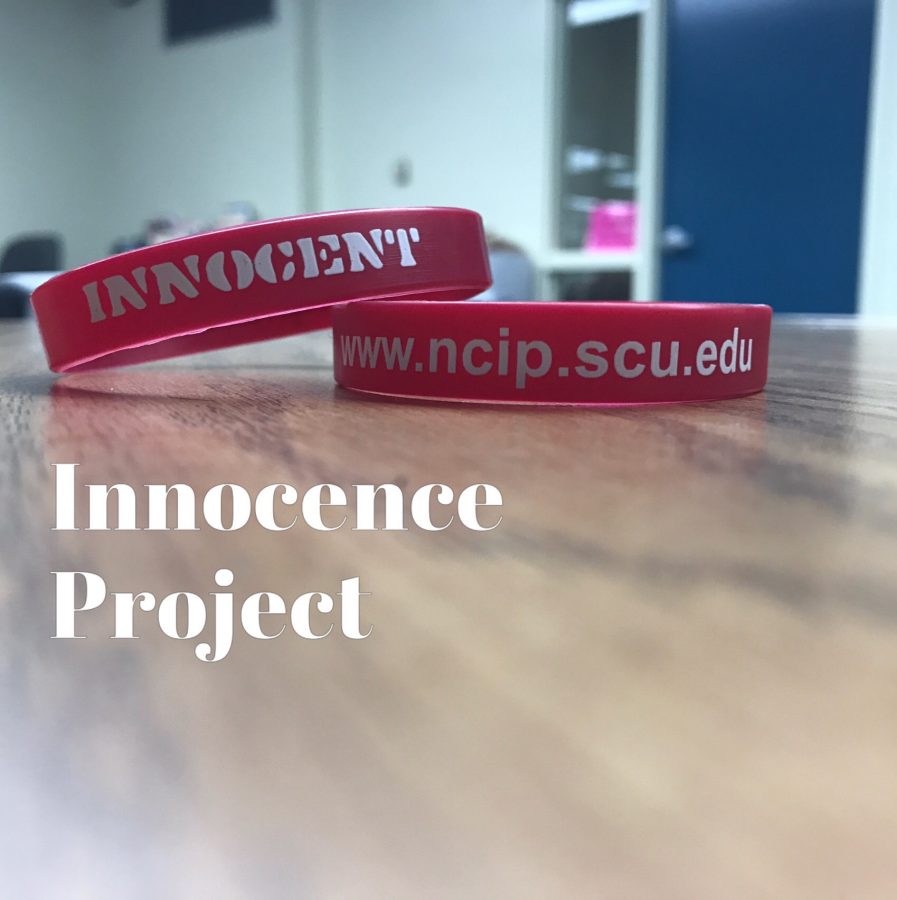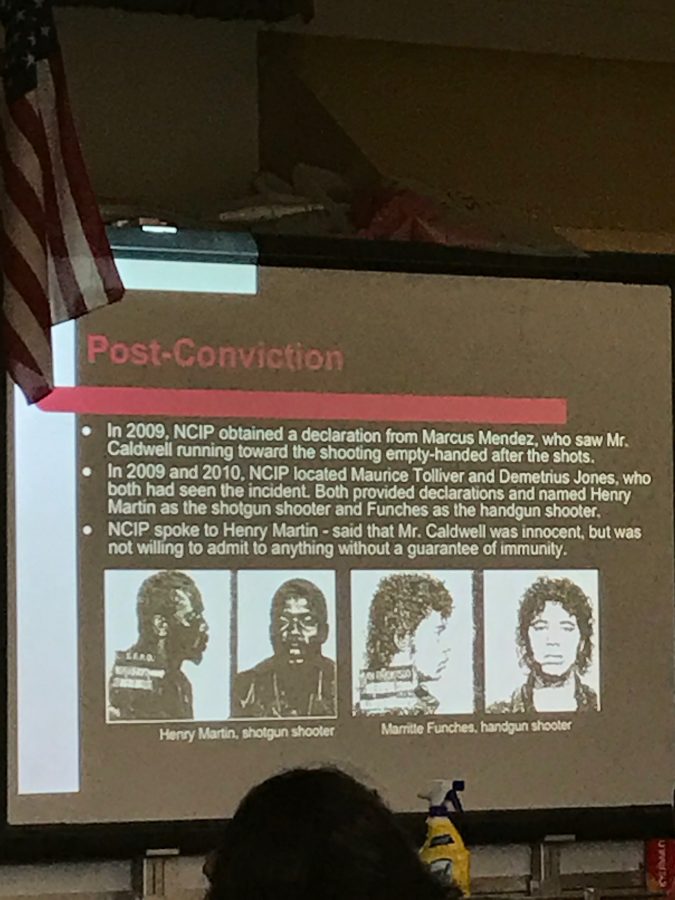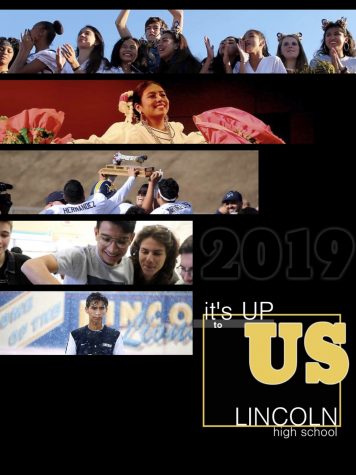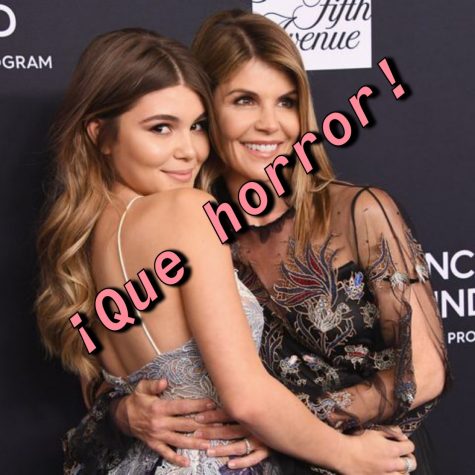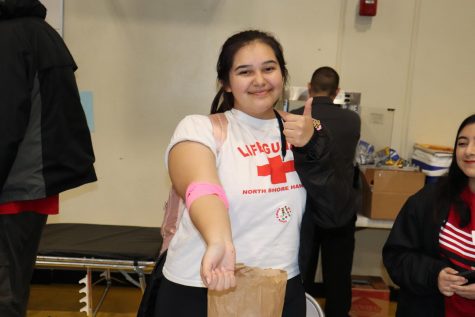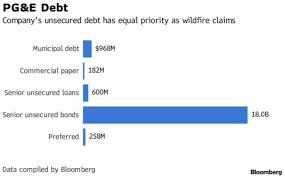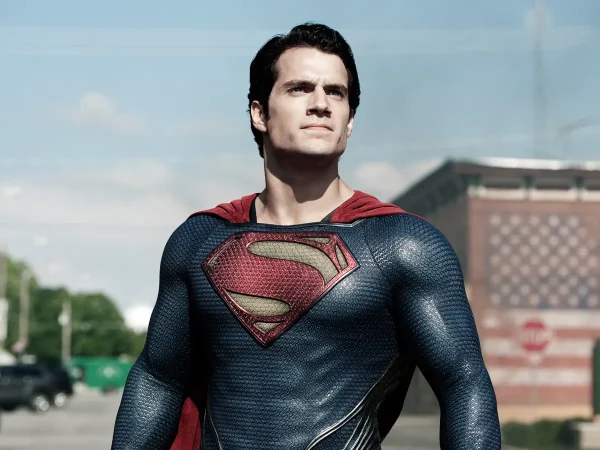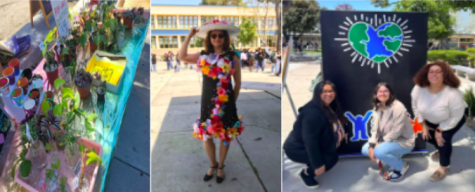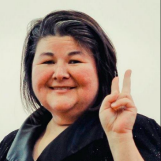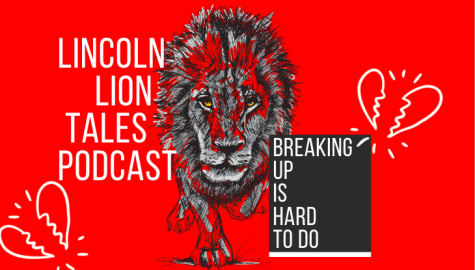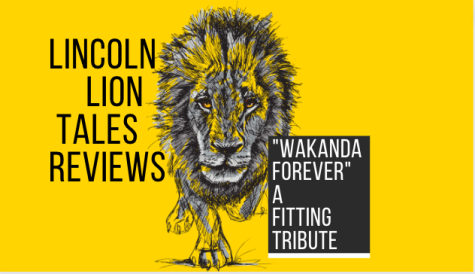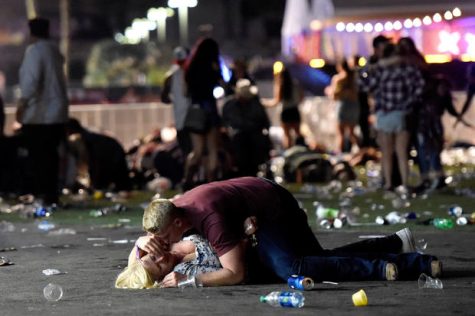PBL: Proven Innocence
In 1991, Maurice Caldwell was convicted of murder in San Francisco. For 20 years after the verdict, he remained a prisoner due to false assumption; a witness had blamed him for something he did not do. During his time in prison, he did anything he could to get justice.
On Monday November 28, Mr. Caldwell and Linda Starr of the Innocence Project came to Lincoln to speak on the false conviction as part of a PBL project run by Ms. Kelli Berryhill, Ms. Rachel Detra, Ms. Catherine Handschuh, and Ms. Alison Zuniga.
According to Ms. Berryhill, Starr is the mother of one of her former students. Currently, Ms. Starr works at the Northern California Innocence Project, a group that helps prove someone is innocent when facing a wrongful conviction. There are now 69 projects worldwide that work to help the wrongfully convicted. These projects include cases of mistaken identification, false confessions from juveniles, jailhouse snitches, bad lawyers, and tunnel vision.
During a slideshow presentation, details of the case were laid out for the PBL students. Eyewitness Mary Cobb, Mr. Caldwell’s next door neighbor, claimed she saw the murder happen; she had witnessed the incident at night, through a window with a poor view of the scene. There no evidence to support the claim that Caldwell was the killer; When Officer Crenshaw later brought Mr. Caldwell to Mary Cobb’s door, they both automatically assumed he was guilty.
However, eight months prior, the Officer had threatened Mr. Caldwell, leading Caldwell to file a complaint. After the trial, eyewitness Mary Cobb went on to receive the key to the city, a trip to Disneyland, and a public job at the airport as a reward for her help in catching a killer.
Only years later did the true murderer Maritte Funches confess, finally proving that Caldwell was innocent all along. When given the chance to sketch the incident that happened, Funches’s depiction of the scene turned out to be better than the victim’s sketch.
Continuing on from the slideshow presentation, Mr. Caldwell was eventually released from prison. Caldwell was asked how he felt about the victims. In response he stated, “I feel bad for the victims because they really thought they had justice.”
“I’d rather die in prison than be convicted [of] something I didn’t do,” said Caldwell.
A reaction from one of the teachers, Ms. Zuniga, during the presentation was, “It benefited the students and taught the students injustice in the justice system.”
Ms. Berryhill also said she “found it hard to believe and imagine how much time he spent in prison.”
Following his exoneration, Caldwell filed a civil suit against San Francisco seeking compensation for the wrongful conviction as well as a claim with the state for compensation of $140 a day. Today, Mr. Caldwell is a father with a beautiful family, living life like anyone else. He now speaks to the many groups with the Northern California Innocence Project, and hopes that his story will resonate with young students.
Here’s a video of Maurice Caldwell:

Jesse Ruiz was born and raised in San Jose, California. He is a Senior at Lincoln High School. He likes listening to music and playing sports. This is...

